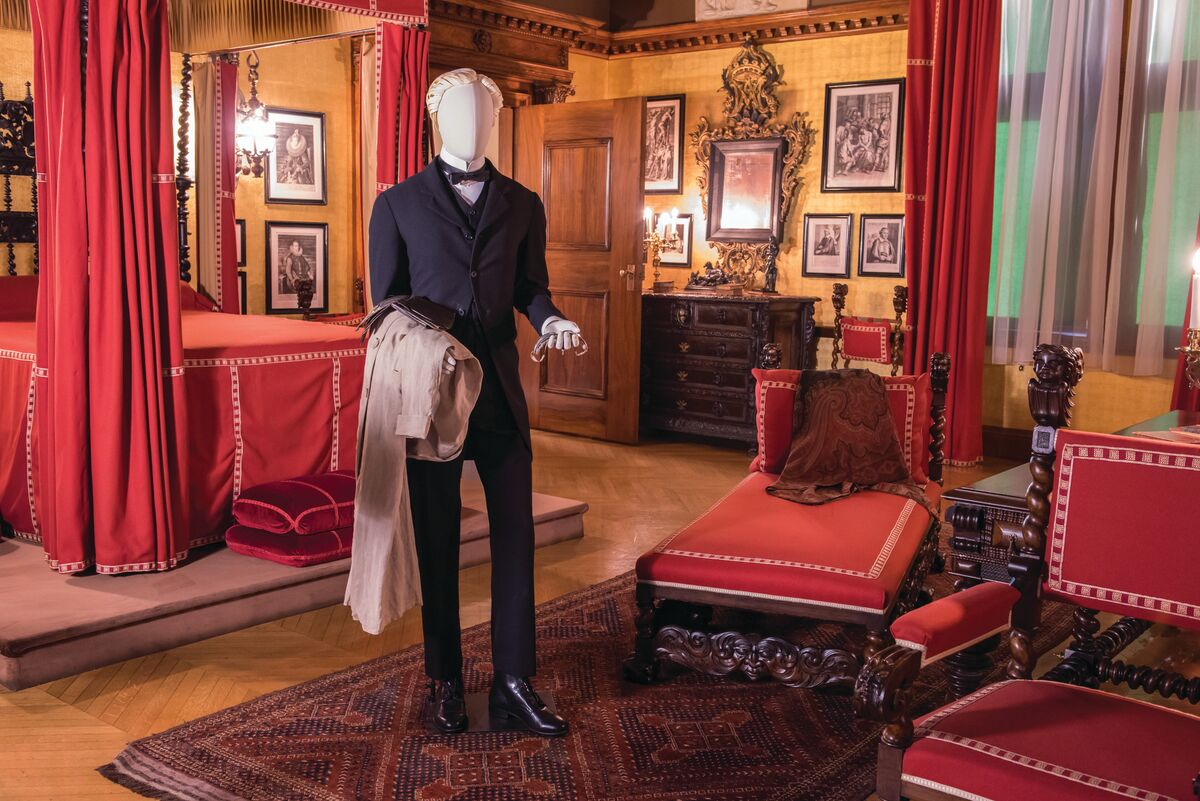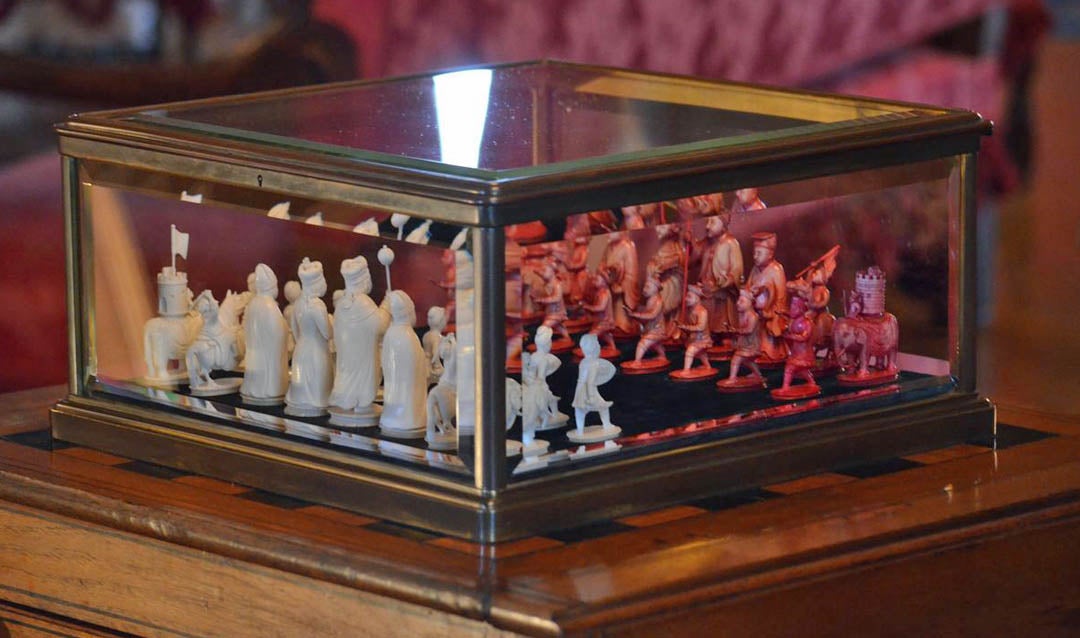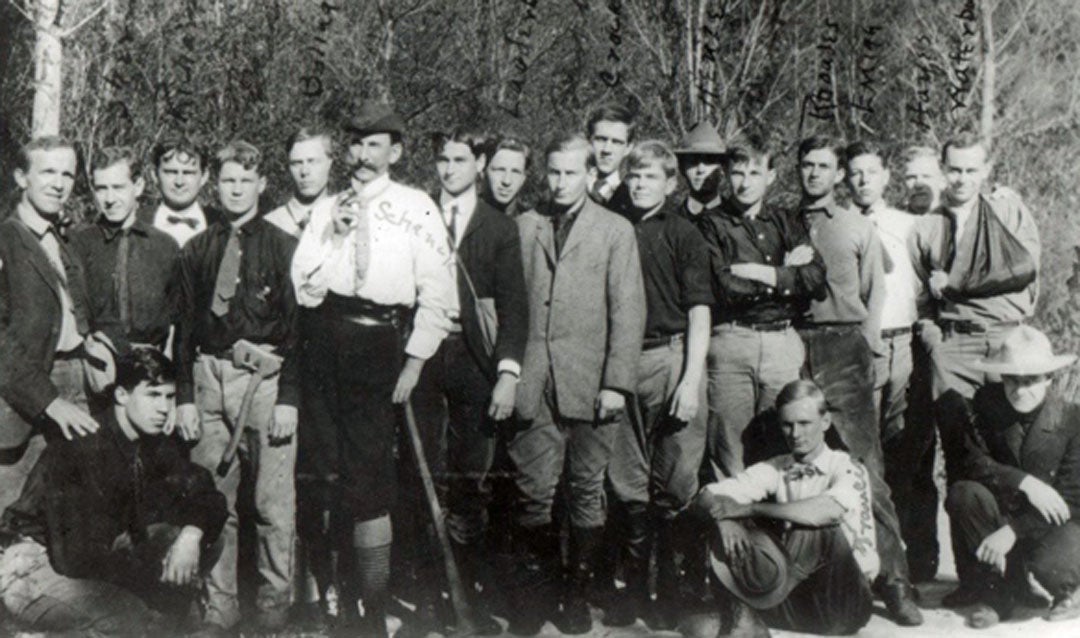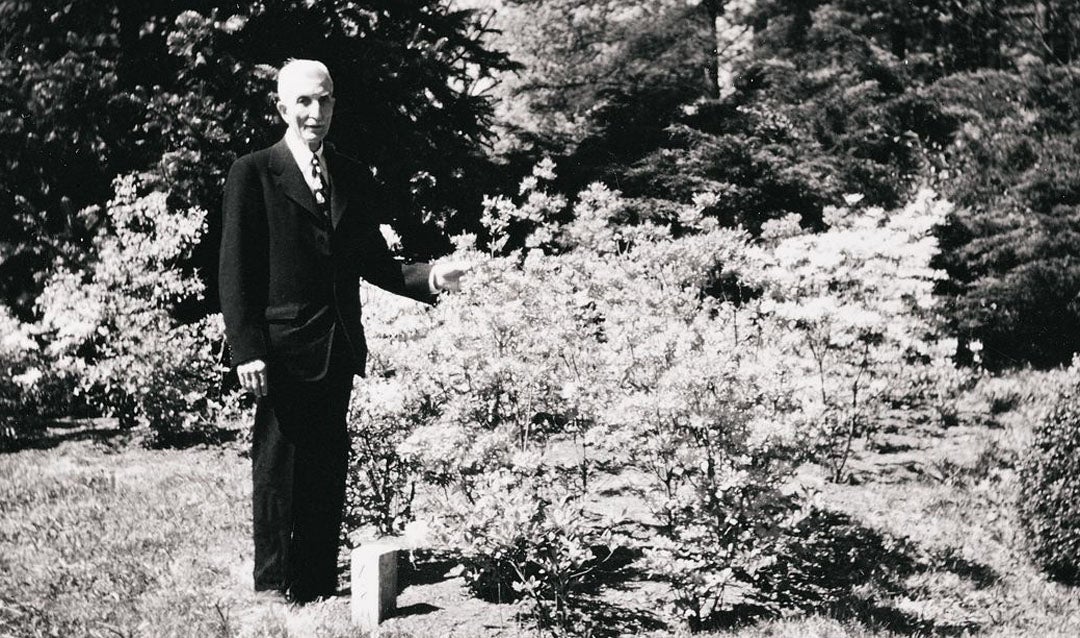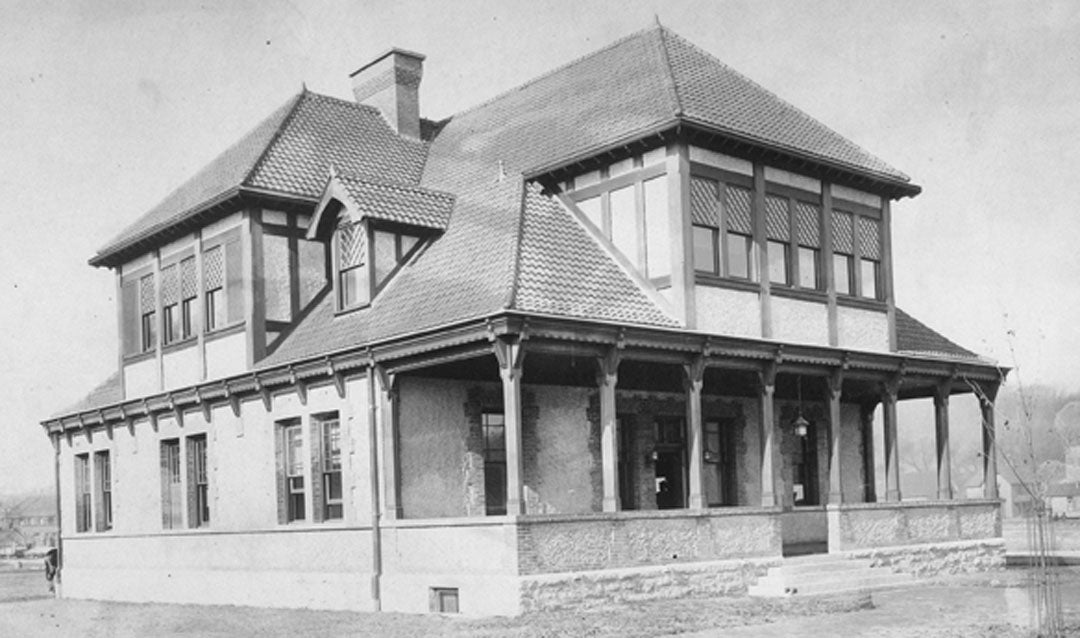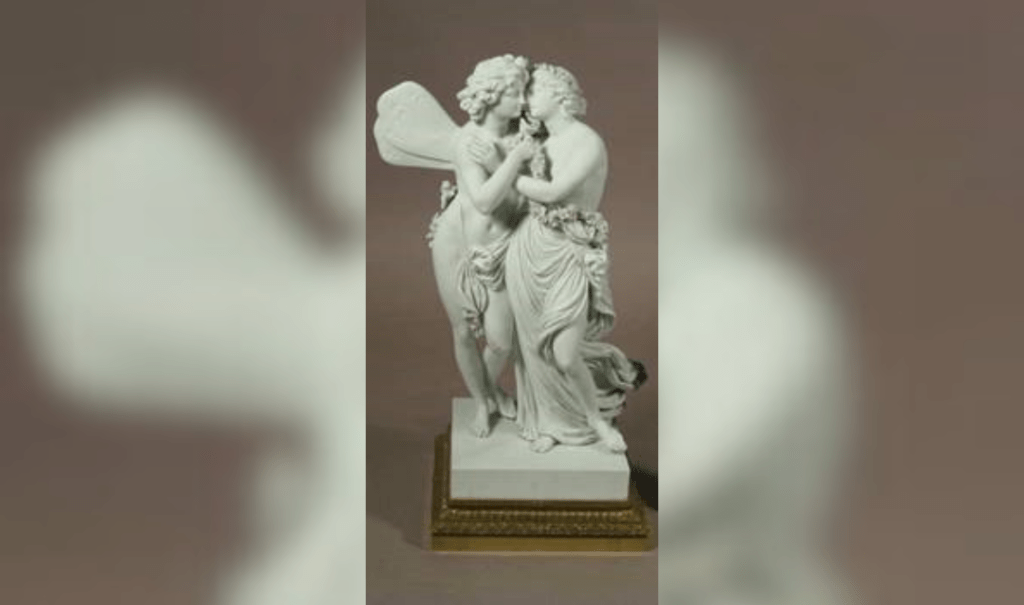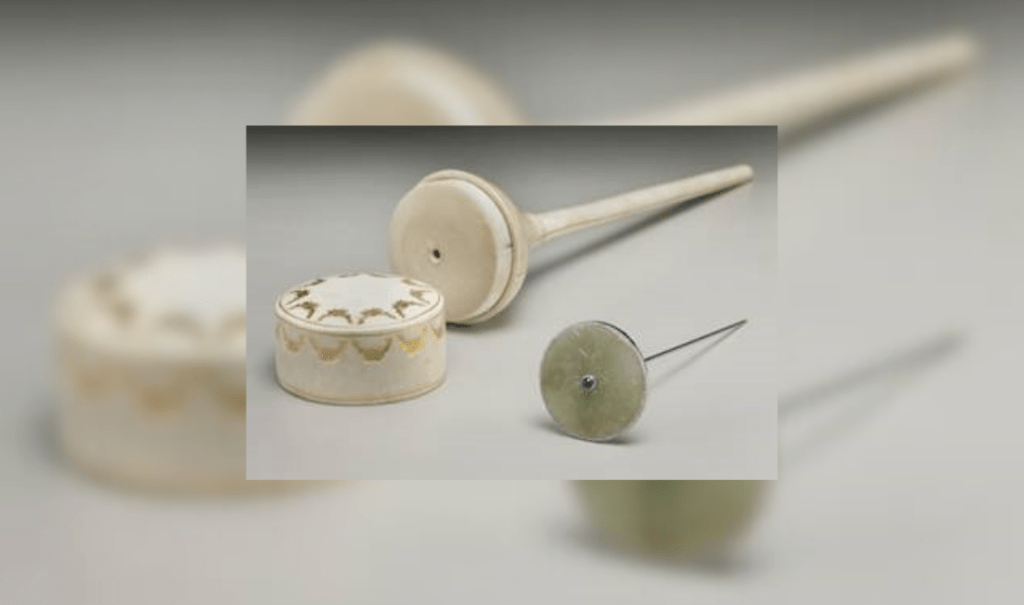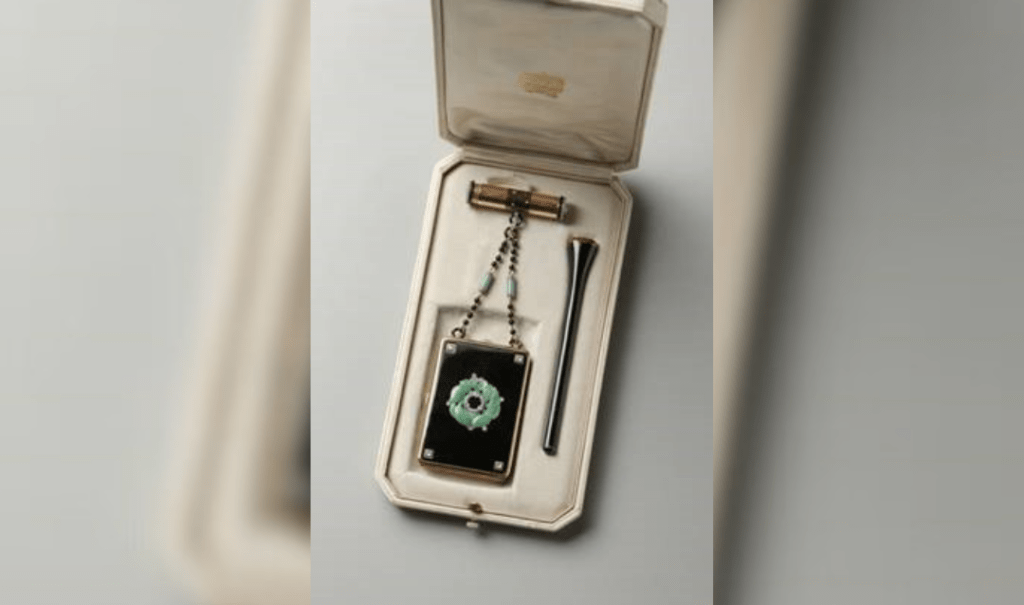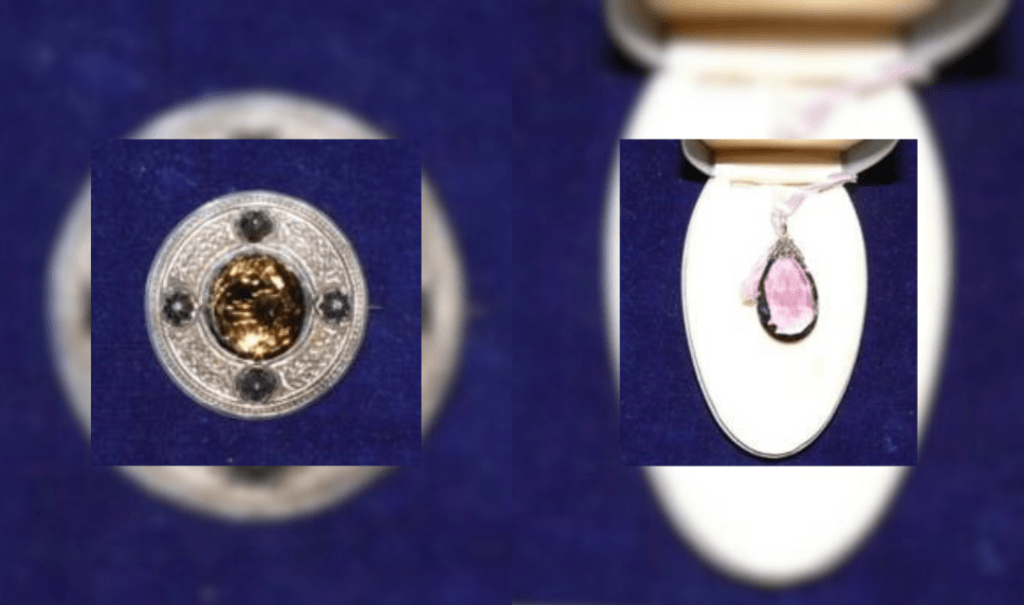You may not realize it from her position, but one of the significant figures in Biltmore’s past is Emily Rand King, who served as housekeeper and head of staff for the Vanderbilts from 1897–1914.
Learn about the life of Biltmore’s longtime housekeeper, Mrs. King, in this blog.
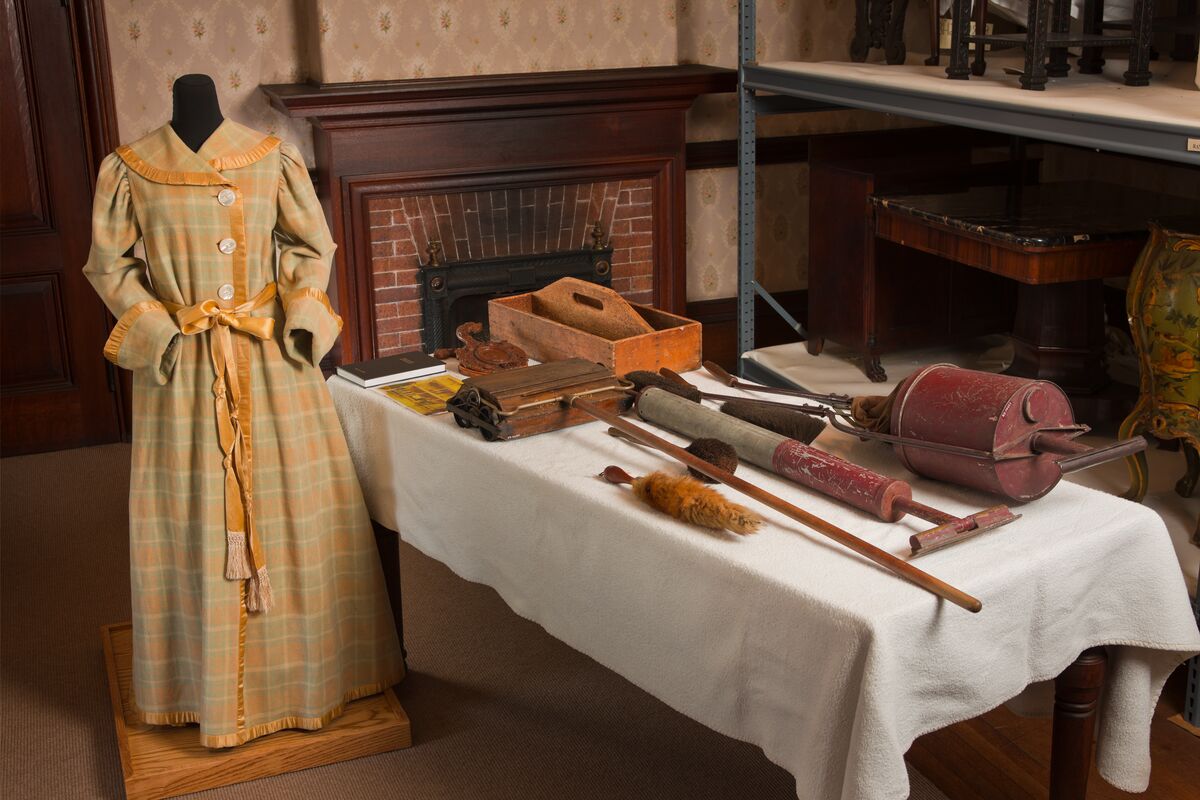
Housekeeper’s room in Biltmore House.
Three things to know:
- Although we don’t have photographs of her, there is a great deal of correspondence in the Biltmore archives concerning Mrs. King.
- She was always referred to as “Mrs.” King, although we believe she was unmarried while working at Biltmore. The title was likely a courtesy used to reflect a level of authority, age, and respect—similar to “Mrs. Hughes,” the head housekeeper in Downton Abbey.
- Housekeepers of the time were responsible for managing a large staff and keeping track of household expenses in addition to maintaining most aspects of daily life in the home.
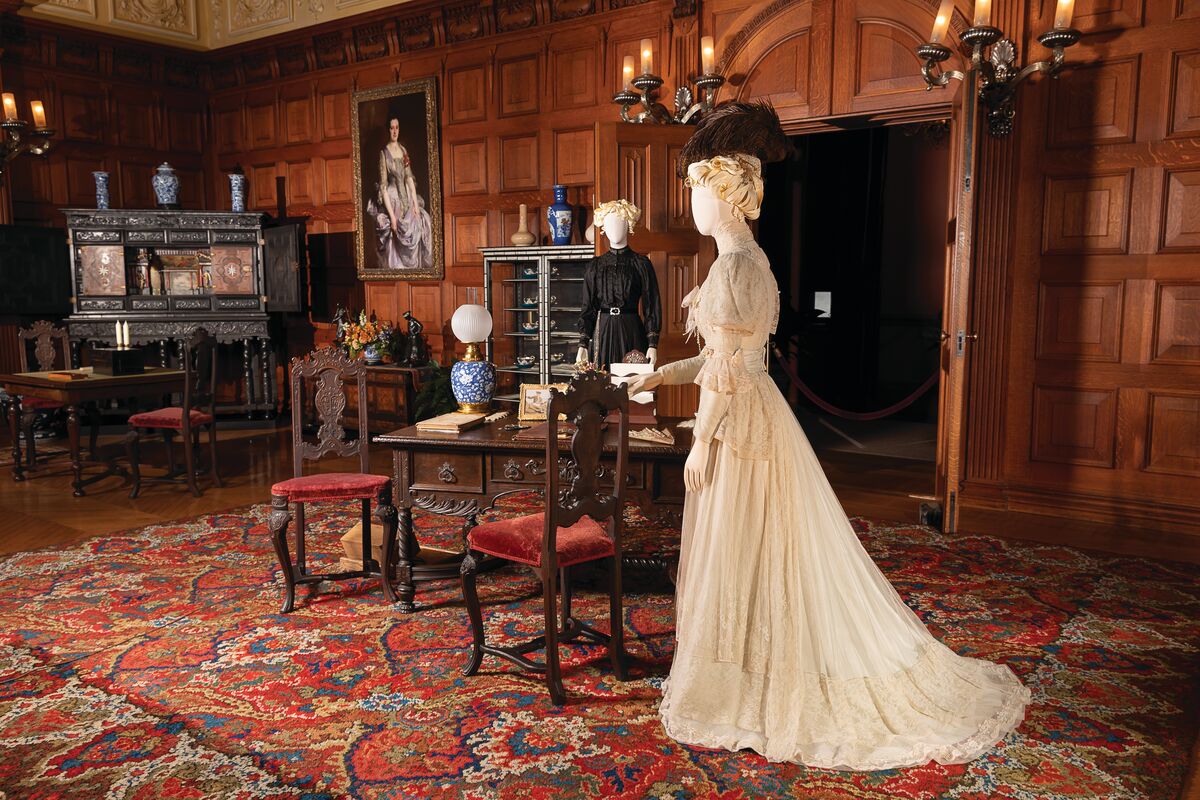
Vignette of Mrs. King and Edith Vanderbilt in the Oak Sitting Room as displayed in the 2019 exhibition, “A Vanderbilt House Party.”
Early Life & Arrival to Biltmore
Emily King was born December 7, 1853, in the village of Horndon on the Hill, Essex County, England. By her early 20s, she worked as a domestic servant for a London physician.
Sometime prior to August 1897, she traveled to New York on her way to Biltmore, where she joined several English servants on the estate, including the valet, four butlers, a cook, a housemaid, and a coachman. Adding further international flair to the household was an Irish butler, French chef, Swedish laundress, and Italian stable boss.
Biltmore’s archives make it clear Mrs. King was responsible for cleaning the house, caring for the staff, hiring and firing staff members, and also coordinating many aspects of the family’s lives such as meeting with the Vanderbilts each morning to review the chef’s suggested menus and plan for guest activities, then meeting with the Chef and Head Butler to review the plans. She and the Head Butler supervised all staff except for the kitchen staff who worked for the Chef.
During the family’s frequent travels, Mrs. King stayed behind with the Head Butler to ensure the smooth operation of the house, including making arrangements for special guests staying at Biltmore in the family’s absence and preparing the house for their return. She also extended social invitations for Mrs. Vanderbilt, serving as a personal secretary of sorts.
As a high-ranking member of Biltmore’s domestic staff, Mrs. King was provided with horses for her use and was allowed to keep her own dogs in Biltmore House—the dog gate still exists in the Kitchen Hallway that Mrs. Vanderbilt installed to keep the housekeeper’s dogs out.
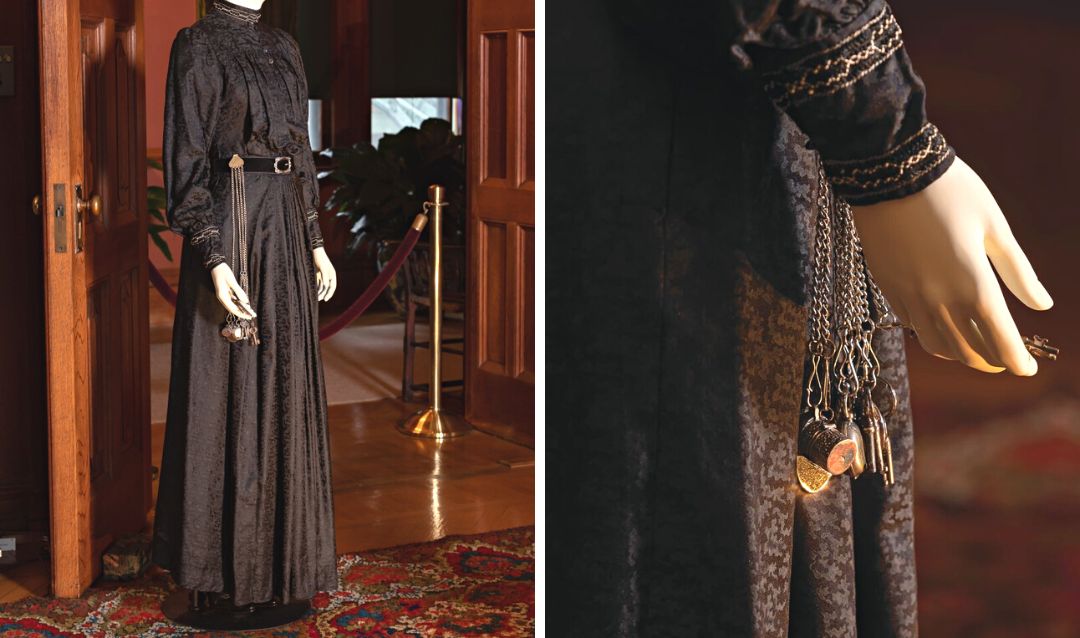
Detailed view of Mrs. King’s clothing recreation as displayed in “A Vanderbilt House Party” in 2019.
Life After Biltmore
Soon after George Vanderbilt’s death in 1914, Emily King resigned and embarked upon a new life. She met and married W.C. Jones, a widowed farmer from near Raleigh, NC, and moved to Pennsylvania to be near family. Sometime later that year, the couple purchased an orange grove near Apopka, FL. In December 1914, estate superintendent Chauncey Beadle wrote a note of thanks for the box of oranges Mrs. Jones sent to Biltmore for the holidays.
Biltmore curators learned that Emily King Jones purchased and managed a boarding house in Apopka, which she named the Biltmore Inn, and operated it until the early 1920s.
After retiring from a lifetime of serving others, Mrs. Jones returned to Pennsylvania, where she resided until her death in 1926.



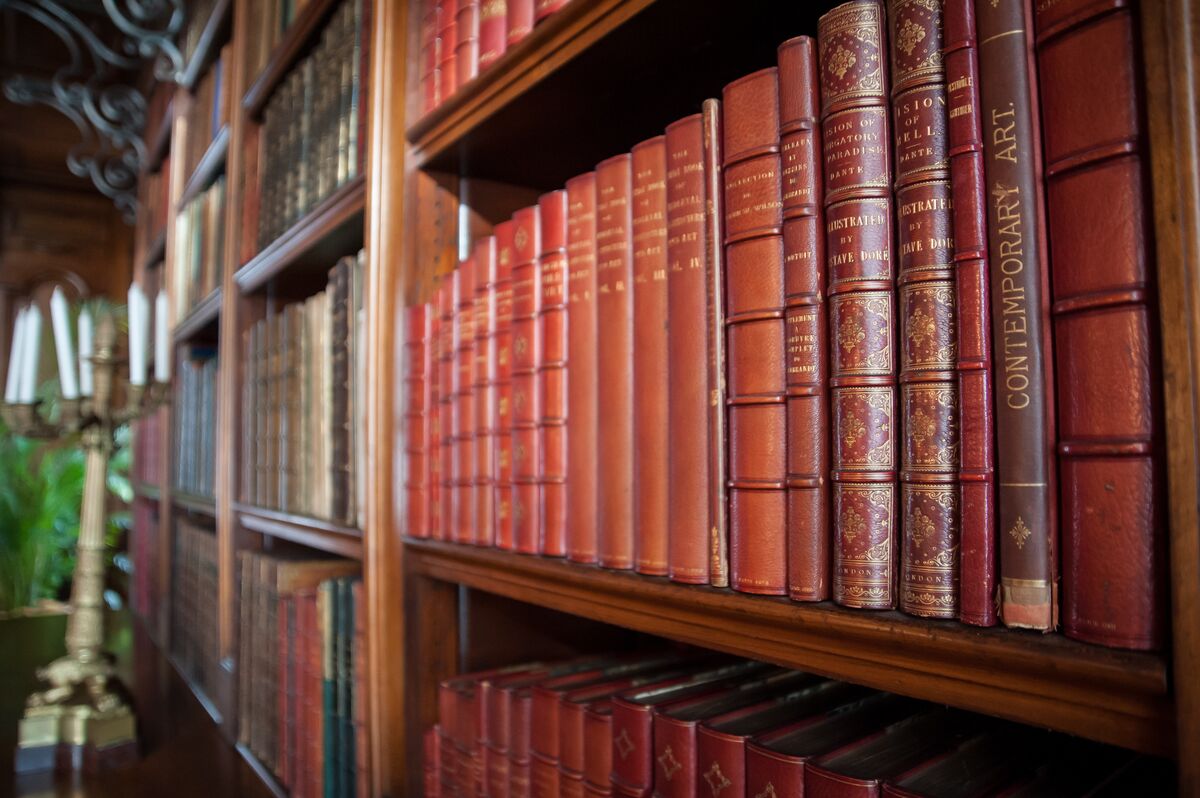
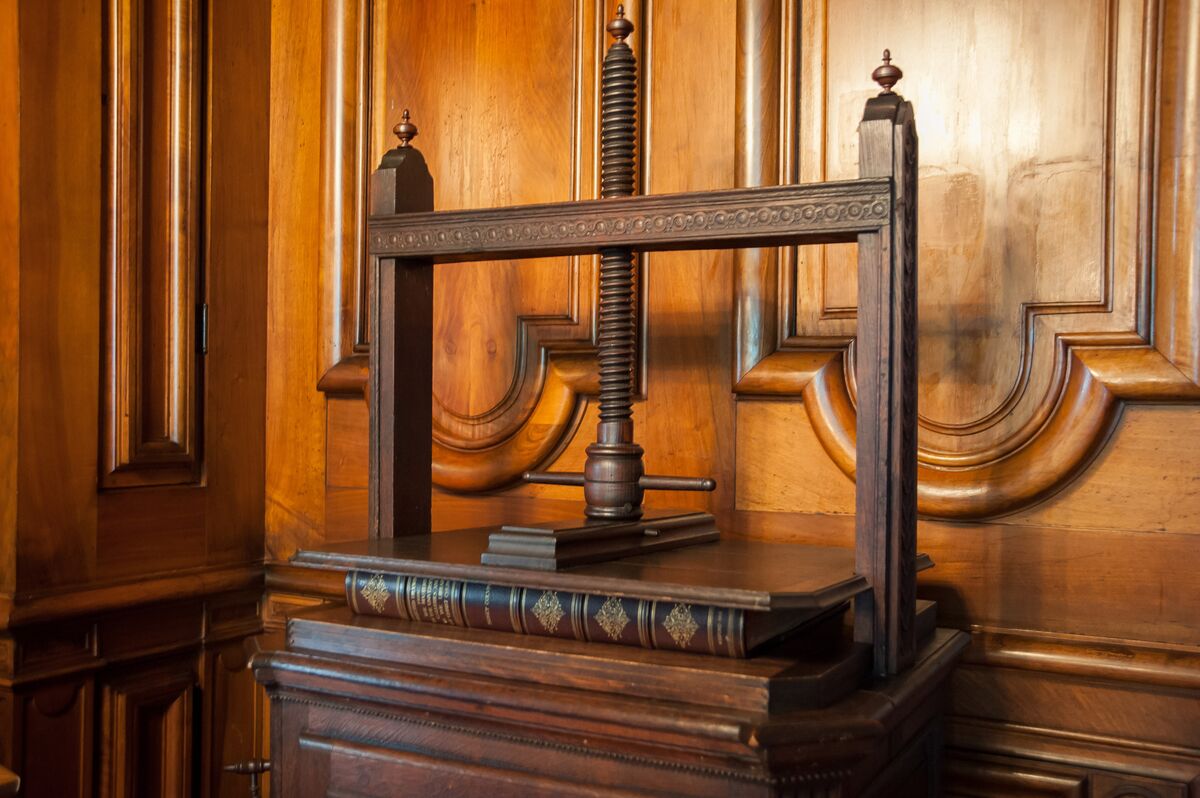



 Original photo of Biltmore’s Rose Garden by George Masa, c. 1930
Original photo of Biltmore’s Rose Garden by George Masa, c. 1930 Original photo of Biltmore’s Rose Garden and Conservatory; George Masa, c. 1930
Original photo of Biltmore’s Rose Garden and Conservatory; George Masa, c. 1930

